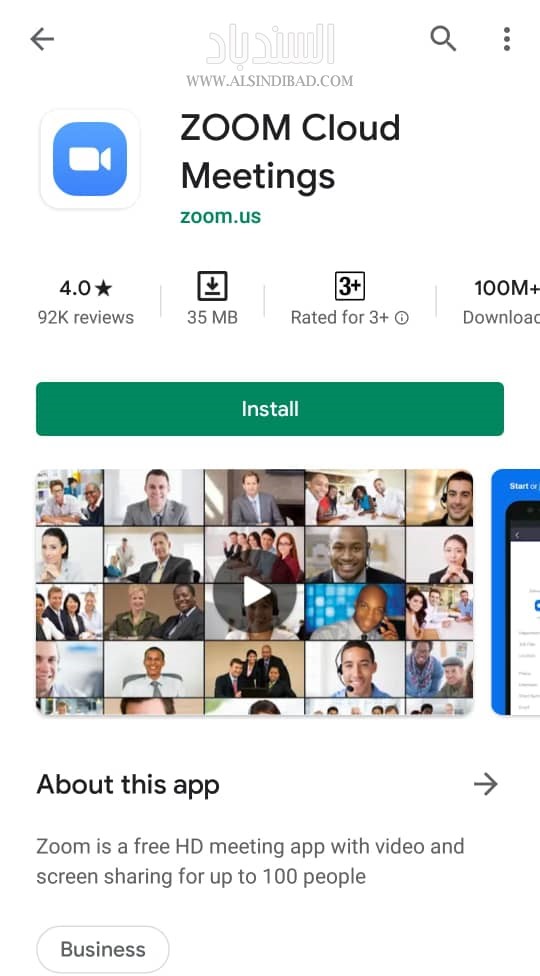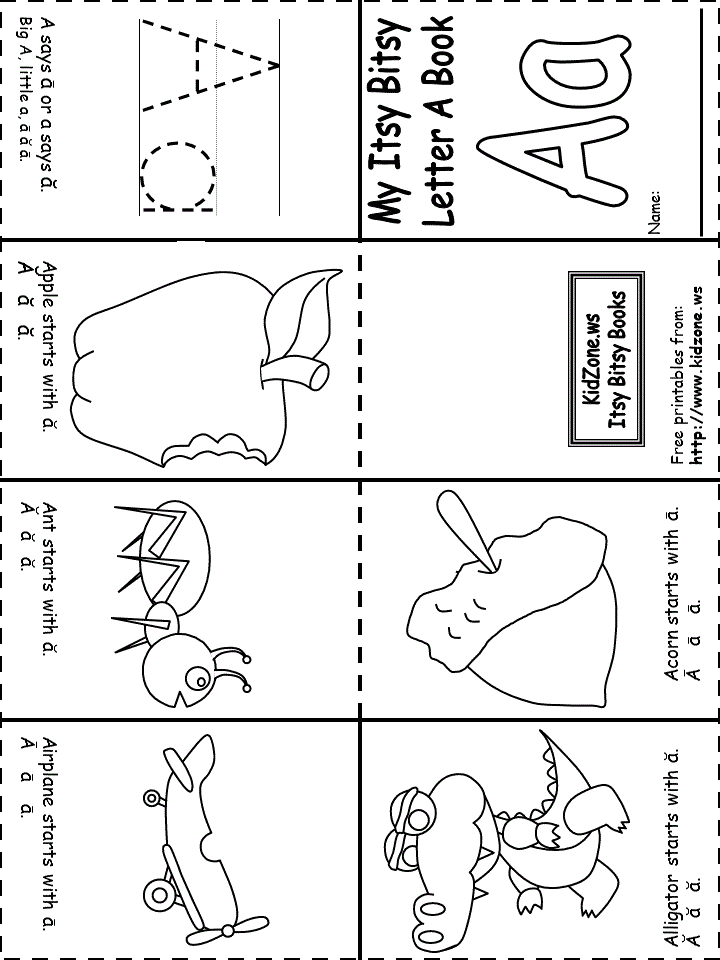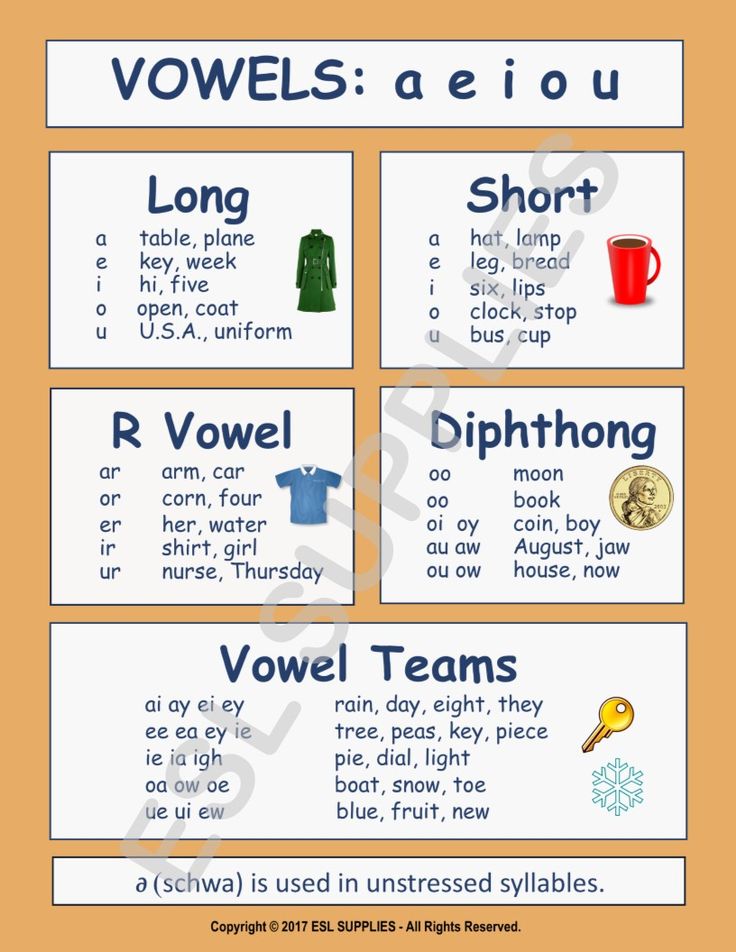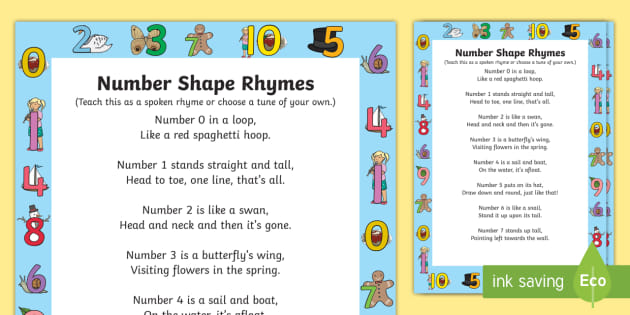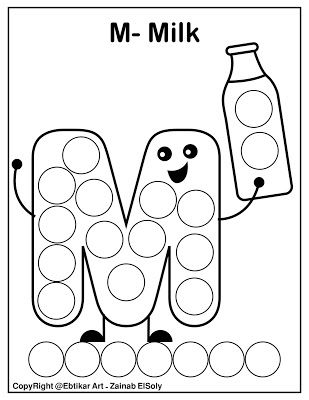Zoom show and tell
7 Simple Virtual Show & Tell Ideas for Kids
All parents have, for better or worse, become familiar with virtual learning lately.
Your child’s teacher is no doubt working hard to employ every activity possible that will translate well into virtual learning.
One of these activities is Show and Tell. Because each individual student can be seen by everyone else, Show and Tell is easily employed in the virtual classroom.
But what are the best Show and Tell ideas for virtual learning? It’s actually not as difficult to come up with good presentation items as you might think!
Here’s a quick list of some of the best virtual Show and Tell ideas to get your wheels turning:
- Favorite Item
- Room Tour
- Show Off Your Pet
- Craft Display
- Slideshow Presentation
- Drawing
- Object Starting With a Certain Letter or Number
And now, let’s take a closer look at each one and how you can get your little one ready for the big day.
Favorite Item
A very easy Show and Tell idea, this could be literally anything your child likes:
- a favorite food
- photo, toy
- book
- collection
- or snack.
You can be extra creative here since you’re not needing to physically carry something to the school.
If your child likes to ski, she or he can simply pan over to the skis in the corner, or maybe they really like their bed and want to show the class!
To take it a little further, have your child come up with answers to some of these questions to go along with the presentation:
- Why do you like this object?
- When did you get it? Who gave it to you?
- Is there a story behind it? Tell the story.
Room Tour
Children love to show off their bedrooms, and with virtual Show and Tell, it’s possible!
If your child would like to give their class a tour of their room, prepare by making it orderly ahead of time.
Then, write down a short list of stopping points on their tour.
They can share little stories or facts throughout the tour. It can even be staged like a wildlife or city tour.
Your child does not have to be limited to their own room.
He or she could give a tour of the living room, basement, kitchen, or even backyard (if your WiFi reaches that far).
Show Off Your Pet
A Zoom conference favorite, let your child show off his or her pet for virtual Show and Tell.
Make sure the camera angle is just right to give your child’s class a perfect view of the pet, whether it’s in a cage or sitting on the floor.
When it’s presentation time, your child can talk about how old the pet is, a favorite memory with the pet, and how your child takes care of the pet.
If the pet does a trick, this could also be a fun time to put your pet’s talent on display.
Craft Display
Is your child a crafting fiend?
Let him or her show off their creative side by giving a Show and Tell presentation with a recent craft they made.
They can talk about what materials were needed, a step-by-step tutorial of how it was put together, how much time it took, and why they decided to do it in the first place.
They can even give a virtual tour of their crafting area or table, if they have one.
Slideshow Presentation
If you and your child can figure out the technological side of it, a slideshow presentation could be an appropriate Show and Tell activity.
One idea is displaying a family photo. Then, in each of the following slides, zoom in on one face and give some quick facts about that person.
Your child could also create a slideshow about their favorite animal, sport, or place.
You can easily make slideshows with Microsoft Office and Powerpoint, or by using Google Slides.
Drawing
When technology isn’t your strong suit, your child could simply show a drawing that they did.
Popular topics are animals, nature, places and sports.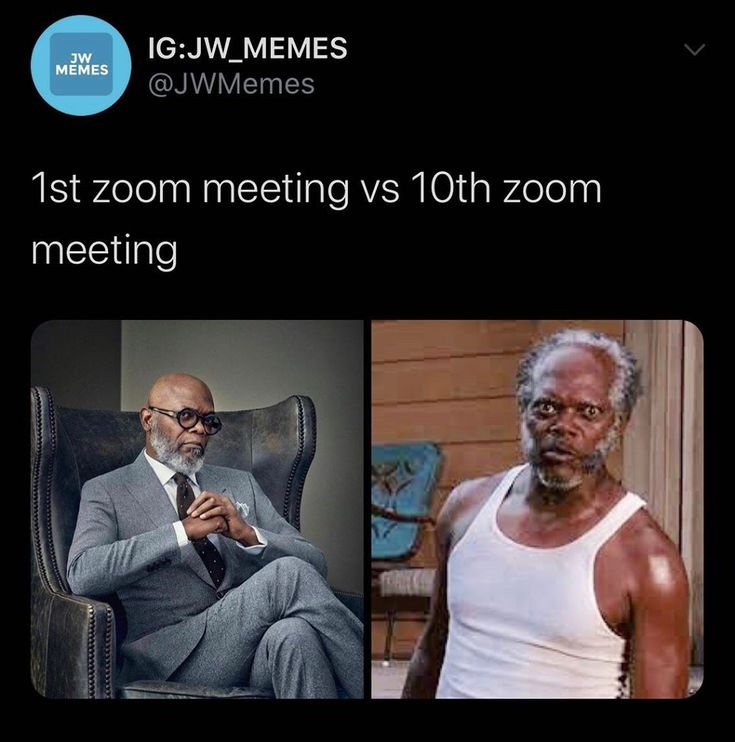
Just have your child make the drawing ahead of time.
During the Show and Tell time, your child can point out the different parts of the picture, explaining who is who or where it is, or some facts about the contents of the drawing.
Object Starting With a Certain Letter or Number
For a child and parent that just don’t know where to start, look no further than your child’s name and age.
You can pick something that starts with the same letter as your child’s name, or has the same amount or number as your child’s age.
For example, Bill can show and tell a banana, bicycle, and/or a ball.
If he is 7, he can show 7 of his favorite toy cars.
It’s a fun little twist on an incredibly simple idea, and perfect for Zoom and virtual learning.
Wrapping Up
Virtual learning has its benefits and its challenges.
Thankfully, Show and Tell can help make kids feel like they’re back in the classroom together.
Zoom and other video chats even allow them to show off things they maybe normally couldn’t, like a pet or their room.
Just make sure the technological side of it (like the camera, screen sharing, and wireless connection) are all squared away before presentation time.
For more ideas, check out:
- Unusual Show & Tell ideas
- Show & Tell ideas for recycling
- Show & Tell ideas for animals
- Show & Tell ideas for dinosaurs
- Show & Tell ideas for the 5 senses
Hope this helps!
Show-and-tell is the best part of remote kindergarten.
Zoom school needs a little joy. Ezra Shaw/Getty ImagesMuch of my 5-year-old son’s experience of virtual kindergarten can be defined by what he and his classmates do not do together. There is no hot potato. No duck, duck, goose. They never sing songs.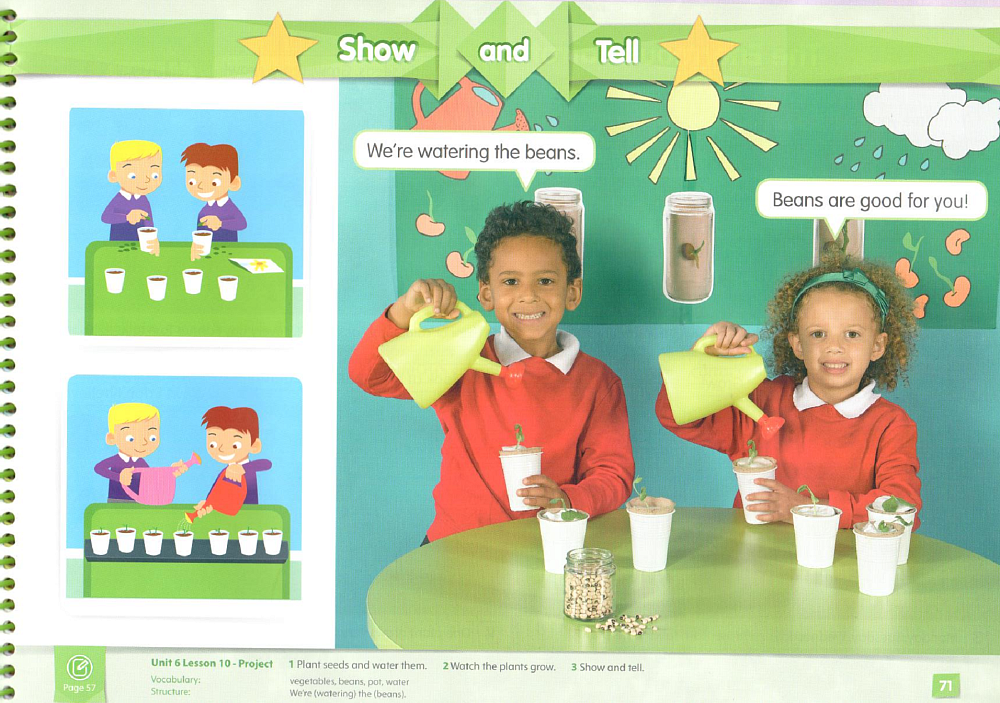 They sit in living rooms, kitchens, and bedrooms across town, at their desks, tables, and cardboard boxes. They try to identify the staccato “P” sound the teacher makes, puffing out her barely audible puffs of air. They hold white boards and pieces of paper, and try again and again to make the number three, while reciting, “Around a tree, around a tree, this is how you make the number three.” Toby often sighs and looks out the window. It can be a struggle to keep him online.
They sit in living rooms, kitchens, and bedrooms across town, at their desks, tables, and cardboard boxes. They try to identify the staccato “P” sound the teacher makes, puffing out her barely audible puffs of air. They hold white boards and pieces of paper, and try again and again to make the number three, while reciting, “Around a tree, around a tree, this is how you make the number three.” Toby often sighs and looks out the window. It can be a struggle to keep him online.
But the days when it is Toby’s turn for show-and-tell feel different. Sometimes he plans ahead, setting an object of interest next to his desk in his bedroom the night before. Occasionally, he waits to minutes before “showtime,” lifting different items from the floor of his room, studying them with an appraising gaze. Toby has shown: a fake X-ray of his hand made out of construction paper, cooking oil, and crayon; a papier-mâché volcano; and a Spider-Man doll. When he stepped away from the screen for a moment to use the bathroom, he left Spidey standing up in his place. While class went on, I remained on my stool just out of range of the camera and eyed the doll, Toby’s proxy in a skin-tight suit with molded plastic muscles. “Who is this child?” I wondered.
When he stepped away from the screen for a moment to use the bathroom, he left Spidey standing up in his place. While class went on, I remained on my stool just out of range of the camera and eyed the doll, Toby’s proxy in a skin-tight suit with molded plastic muscles. “Who is this child?” I wondered.
While much of Toby’s Zoom time with his kindergarten class is dedicated to the development of skills—and the occasional “Floor Is Lava” dance party—his teacher also sets aside two short sessions a week for the discursive, messy activity of show-and-tell. Depending on whose turn it is, the class swerves between science and sentimentality, consumerism and the category I think of as “things to cuddle with.” Although it may seem silly to watch a 5-year-old model a princess crown or get licked by her dog, the longer the pandemic goes on, the more I realize that show-and-tell has the potential to combat the soul-killing quality of the virtual classroom.
Why should show-and-tell matter so much? After all, the weekly bring-and-brag, albeit done remotely, seems to differ little from when I, as a 5-year-old in the 1980s, sat on a worn rug and held up a Cabbage Patch doll for all to see. So much else about kindergarten has changed. While I spent my mornings fingerpainting in an art corner or playing dress-up, most of my son’s education seems to be about learning to manipulate a series of interchangeable parts—moving pennies onto the squares of a ten frame, creating a chain of words that end in the letters -ox. Show-and-tell feels special.
But the history of education tells me it wasn’t always a parade of toys. As a pedagogical practice, show-and-tell has moved with the times. At its best, it offers students of all ages the opportunity to demonstrate enthusiasm and nerve, the underappreciated ability to “read a room,” all while describing an object of interest.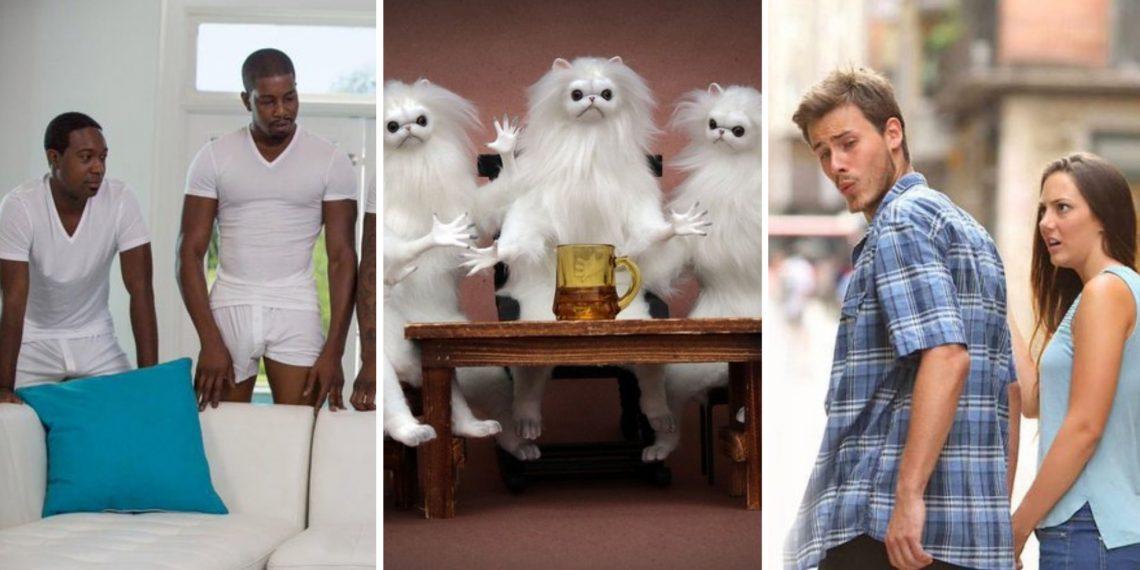
In 1954, a science coordinator for New York City’s public schools advocated for show-and-tell based on your “father’s occupation.” The fifth-grade daughter of a plumber might bring in “copper tubing, small Stillson wrench, solder,” for example. I like to imagine the drab postwar classroom, the dusty textbooks and newsreels run on a creaking projector, and the students’ excitement at the chance to examine real instruments from toolboxes and workrooms. After all, in a few short years the Soviets would launch Sputnik, the first human-made object to orbit the Earth, and politicians and educators would demand more science instruction for all grade levels, even kindergarten that sanctuary of “[s]ong, dance, rest and milk,” as one journalist described it. After all, Sputnik, a 184-pound aluminum sphere with four antennas that looked like “whiskers,” was probably made with a humble soldering iron, not so different from the ones found in a plumber’s case.
By 1973 the mood in schools had changed, and one educator, annoyed with a rigid approach to show-and-tell, made the case for spontaneous show-and-tell “happenings,” borrowing the word from the avant-garde art scene. Her pedagogy reflected the educational movement of the time toward “open classrooms,” where students did not sit at desks and receive direct instruction but mostly ranged about the room, free to let their interests drive learning. Sometimes a cabin built out of blocks (“It’s George Washington’s house!”) or a mouse drawn on paper might give the student an “a-ha!” moment—similar to the kind any artist might have—prompting the teacher to call the kids together to witness the fumbling efforts and newfound mastery of a friend.
Show-and-tell also offers immutable benefits.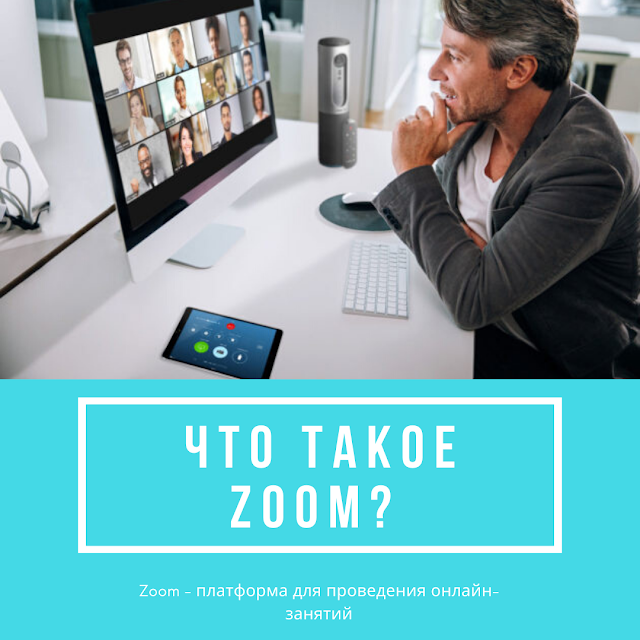 Since revealing to peers what interests us and why involves vulnerability—Will they laugh at me? Will they not like what I like?—show-and-tell has the power to prepare students for the tightrope walk that is every sustained act of expression. Even shy students, my son’s teacher tells me, can benefit from “having the stage” and time to share with others “what is special to them.” Toby’s teacher does not require students to do show-and-tell, but almost all want to, and over time she has seen how even the least confident child can grow more adept and at ease while speaking in front of the class.
Since revealing to peers what interests us and why involves vulnerability—Will they laugh at me? Will they not like what I like?—show-and-tell has the power to prepare students for the tightrope walk that is every sustained act of expression. Even shy students, my son’s teacher tells me, can benefit from “having the stage” and time to share with others “what is special to them.” Toby’s teacher does not require students to do show-and-tell, but almost all want to, and over time she has seen how even the least confident child can grow more adept and at ease while speaking in front of the class.
Just as one student might be changed by show-and-tell, so might the group as a whole. In 2020, a team of scholars noted that over the course of a year of participating in the ritual, students seemed more masterful in their presentation, more apt to capture the interests of the class, and “interactions became more complex.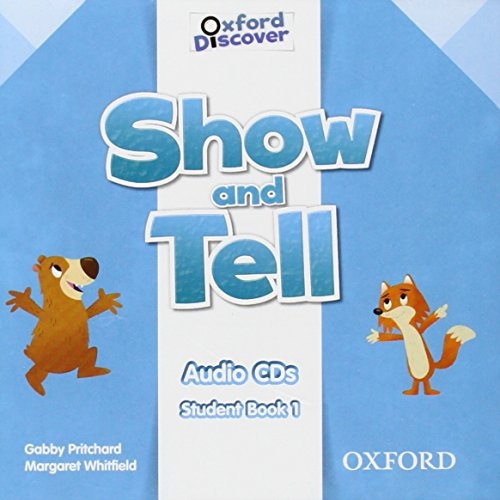 ”
”
It can also relieve the loneliness of the remote learner. More than anything else, my son misses being a child among many. Not since Toby was a toddler has he been with me so much. Toby and I use the same computer and we draw from the same lot of human experience. Lately, our books gathered from curbside pick-up at the library tend toward geology and geography, the history of the world written in the landscape. We take drives to look at road cuts. To make up for not allowing him to attend school in person, I offer him stones and names of stones—pyrite, limestone, granite—doing what parents have always done, making experiences out of what is available. Most days it doesn’t seem like enough.
- What, Exactly, Does Taylor Swift Mean by “Midnight”?
- I Taught Elderly People How to Avoid Internet Scams.
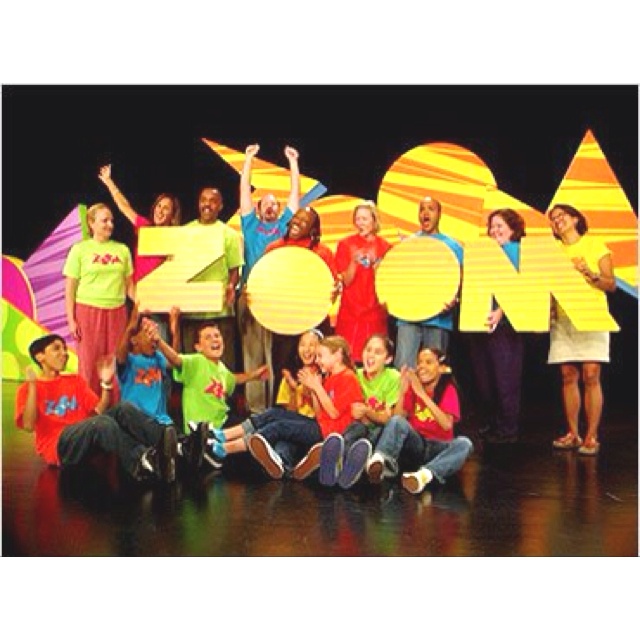 Then I Fell for the Oldest Trick in the Book.
Then I Fell for the Oldest Trick in the Book. - I Asked This MacArthur Genius About Space Junk. He Changed the Way I Thought About My Place in the Universe.
- Instagram Deleted My Account Without Warning—and Then Refused to Give Me My Pictures
From my stool somewhere near him during the hours he spends online with his class, I worry about how his social skills might atrophy. But then, Toby holds a white, palm-sized rock up to the camera of my laptop, and says, “It’s quartzite.” His teacher squints, murmurs approval, and asks for him to describe it. “It sparkles,” he says, and tries to think of the word refraction but gives up. Instead, he launches into the story of how he found it: the lonely river bank, the pile of broken rocks a rogue geologist might have left behind. He points out the stripe of dried algae down one side. Nearly out of breath with excitement, he looks at his teacher, the faces of a few of his classmates. All are silent, waiting for him to say more.
He points out the stripe of dried algae down one side. Nearly out of breath with excitement, he looks at his teacher, the faces of a few of his classmates. All are silent, waiting for him to say more.
“I love that,” his teacher says finally. And somehow, after all these weeks of school, I know she means it.
After all the children have had their chance, my son’s teacher introduces three-dimensional shapes—so much physics for kindergarteners!—and asks the students what she is holding up, starting with a sphere. Toby doesn’t raise his hand. “I’m letting someone else answer,” he whispers to me. After a new friend names the shape correctly, he says loud enough for all to hear, “That looks like a plastic meteor.”
The year ahead hopefully will allow for a return to school almost like we used to know it, but for now, my son, and all the other children learning at home like him, have this—the intimacy of offering up what they love for the amusement of others. Of course, until the connection turns unstable, and someone calls out, “Hey, do-I-sound-like-a-robot?” and the kids all laugh their own robot laughs.
Future Tense is a partnership of Slate, New America, and Arizona State University that examines emerging technologies, public policy, and society.
- Children
- Education
- Remote Learning
Show and Tell: courses on record
Show and Tell: scientific and creative educational programs and projects for curious children and adults
+7 812 424 32 18
hello@showandtell. ru
ru
Lectures and courses on record
The classes were held on the Zoom platform. You can purchase recordings of entire courses and individual lectures. 7+ | from March 20
on Sundays at 18:00
Valentina Degteva and Dmitry Sirotin
Cat in Wonderland: walks through fabulous cities and kingdoms
We have come up with an interactive format of lectures that children literally cannot tear themselves away from: an hour in the company of the Scientist Cat flies by unnoticed. #LITERATURE | #FAIRIES
This is the fourth block of literary trips that we are launching for children: this time we will go on a journey through fabulous cities and kingdoms - Wonderland, Looking Glass, Emerald City, the Kingdom of Crooked Mirrors, Flower City and Neverland.
JOIN
10+ |
on Saturdays at 18:30
Valentina Dyutheva and Dmitry Sirotin
Literary detectives
Detective quests for students for schoolchildren 5-6 grades #LITERATURE | #FAIRY TALES
Parents want children to meet children to meet the children classics, and the kids want to. .. play. Therefore, we are actively developing game-based learning formats, when serious information is presented in an exciting way, but it is remembered for a long time and "perfectly well". Launching a new educational series:
.. play. Therefore, we are actively developing game-based learning formats, when serious information is presented in an exciting way, but it is remembered for a long time and "perfectly well". Launching a new educational series:
- one lesson - one writer - one important work in all its details!
Love and understand literature? With our course - elementary!
JOIN
7+ |
on Sundays at 18:00
Valentina Dyutheva and Dmitry Sirotin
Walks with a cat scientists according to Russian fairy tales
We came up with an interactive format in company with the Cat Scientist flies by unnoticed. A curious cat will stick its nose everywhere: it will visit the office of a classic writer, get into an illustration for a fairy tale, talk to the characters and get involved in another cognitive adventure. #LITERATURE | #FAIRIES 
This is already the third block of literary trips that we are launching for children: fairy tales by A. S. Pushkin, V. Zhukovsky, V. Odoevsky, A. Pogorelsky and P. Bazhov - to learn the most important thing about Russian culture and love it forever, here is our motto.
JOIN
7+
from February 26, 2022
on Saturdays at 20:10
Tigran Oganesov
Amazing amphibians
Amphibians, or amphibians, are a group of ancient animals that were the first vertebrates to fully explore the land and laid the foundation for reptiles, birds and mammals. Nevertheless, their life is inextricably linked with water, and we will talk about why this happens and what adaptations they have developed in the process of evolution in order to be less dependent on it.
Despite the small number of species, amphibians are quite diverse, and continue to amaze scientists with their often unusual appearance and behavior.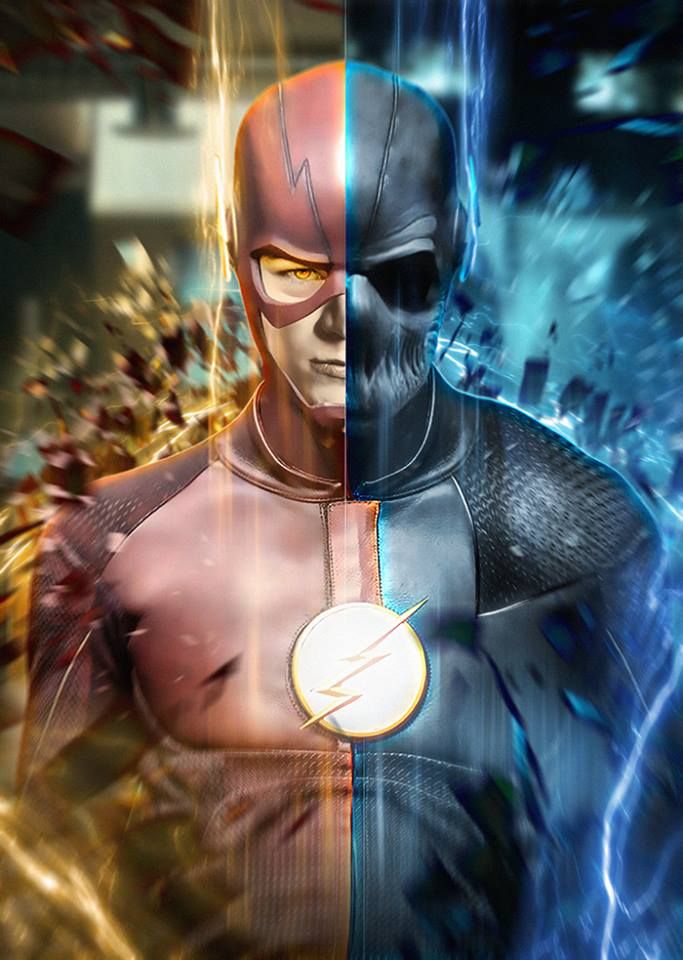 We will get acquainted with this diversity and find out what newts, frogs, toads and others are.
We will get acquainted with this diversity and find out what newts, frogs, toads and others are.
#SCIENCE | #BIOLOGY
JOIN
10+
on Wednesdays at 20:00
Andrey Kartashov
The history of Russia from ancient times to the middle of the 16th century
Every state has its own history. Full of events, glorious and tragic, joyful and sad. Every nation has its heroes and traitors, saviors and enemies. Every country has its tragedies and triumphs, ups and downs. We will talk about Russia. How this giant was born, how and when it happened. How the development of Russia differs from the development of Western countries, and how it was similar. Which people created the state, and which tried to destroy it. It is unlikely that we will find simple answers, but maybe this is good...
#HISTORY
JOIN
7+ years
Fridays at 20:00
Yaroslav Popov
Dinosaurs in detail!
Dinosaurs excite our imagination. The gigantism of sauropods literally makes you dizzy, the sight of the teeth of a tyrannosaurus stops breathing, and the sight of a fluffy yutyrann makes you smile. Such an abundance of emotions makes us remember these amazing animals from the past of the Earth again and again. In the new cycle of lectures there will be a lot of horns, teeth, feathers and even hooves. After all, we will look closely at each group of dinosaurs in detail.
The gigantism of sauropods literally makes you dizzy, the sight of the teeth of a tyrannosaurus stops breathing, and the sight of a fluffy yutyrann makes you smile. Such an abundance of emotions makes us remember these amazing animals from the past of the Earth again and again. In the new cycle of lectures there will be a lot of horns, teeth, feathers and even hooves. After all, we will look closely at each group of dinosaurs in detail.
#SCIENCE | #PALEONTOLOGY
JOIN
10+ | in the record
on Sunday at 20:00
Valentina Degteva and Dmitry Sirotin
Robinson Crusoe. The secret of the desert island.
Soon we will launch the "Literary Detectives" course, where we will analyze the classics from the school curriculum in a detective way - from dossiers on characters, searching for mysteries, analyzing details and reading fragments aloud. And we want to invite you and your children to the first lesson dedicated to the classic novel by D. Defoe "Robinson Crusoe". Let's put together a complete picture of the book. Our detectives are already following the trail and preparing the most entertaining facts and illustrations from the scene for the children...
Defoe "Robinson Crusoe". Let's put together a complete picture of the book. Our detectives are already following the trail and preparing the most entertaining facts and illustrations from the scene for the children...
Classics - it's elementary! If you are with us!
#LITERATURE
JOIN
7+ years | in entry
since February 1, 2022
on Tuesdays at 20:00
Alexander Kashirsky
Primates
Primates are a detachment of mammals, which includes lemurs, monkeys and you and me - people. In lectures, you will learn about the evolution and diversity of these peculiar animals, including the appearance of humans, how their ancestors became bipedal. Who are the wet-nosed, dry-nosed, broad-nosed and narrow-nosed. You will learn about the diversity, distribution, lifestyle and structural features of primates, which of the other orders of animals are their closest relatives. #SCIENCE | #BIOLOGY 
JOIN
#SCIENCE | 6+ | from December 7 to Tuesdays at 20:00
Alexander Kashirsky
Animals' winter quarters.
On the eve of the new year, a "winter" course of lectures awaits you, with his story about the reindeer, the most cold-resistant representative of the deer, waiting for you. About his unique adaptations to life in the tundra and taiga, how he was domesticated. You will also learn how various animals prepare for winter, what adaptations they have developed to survive the cold season.
#SCIENCE | #BIOLOGY
JOIN
#SCIENCE | 6+ | from December 3
on Fridays at 20:00 Moscow time
Yaroslav Popov
Dinosaurs-2021 and other paleodiscoveries of the year!
Many believe that all tyrannosaurs and diplodocus were discovered a long time ago, that everything that could be dug up long ago, and nothing new should be expected from paleontologists.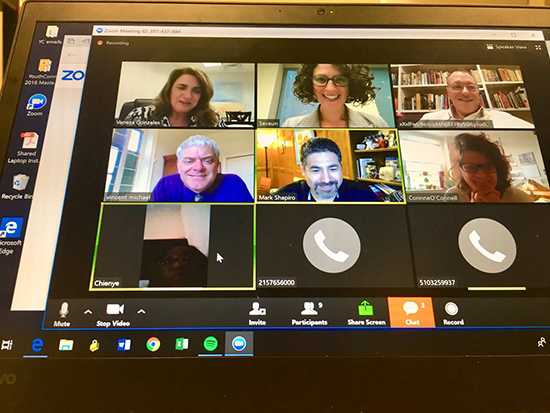 But that's not the case at all! On the contrary, every year scientists discover dozens of new, sometimes completely fantastic, dinosaurs, pterosaurs, learn incredible facts about long-discovered animals, and also open completely unexpected pages in the history of our planet.
But that's not the case at all! On the contrary, every year scientists discover dozens of new, sometimes completely fantastic, dinosaurs, pterosaurs, learn incredible facts about long-discovered animals, and also open completely unexpected pages in the history of our planet.
At the end of the year, we will announce the most amazing paleontological discoveries of 2021!
#SCIENCE | #PALEONTOLOGY
JOIN
#FAIRY TALES | 7+ | from November 28
on Sundays at 18:00
Valentina Degteva and Dmitry Sirotin
Walks with the Scientist Cat . Visiting the great storytellers!
Our Learned Cat can't sit still in his native Far Far Away Kingdom. As a real researcher, he sometimes goes on business trips abroad. This time, the fluffy professor will have a tour of the countries that gave the world the most famous storytellers and their heroes: we will get to know the Grimm brothers, visit the gingerbread house, have a closer talk with Cinderella at the ball and with Little Red Riding Hood in the forest, we will visit Puss in Boots and the office of Charles Perrault himself, we will look into the closet of Hans Christian Andersen, into the underwater world of the Little Mermaid and into the ice mansions of the Snow Queen.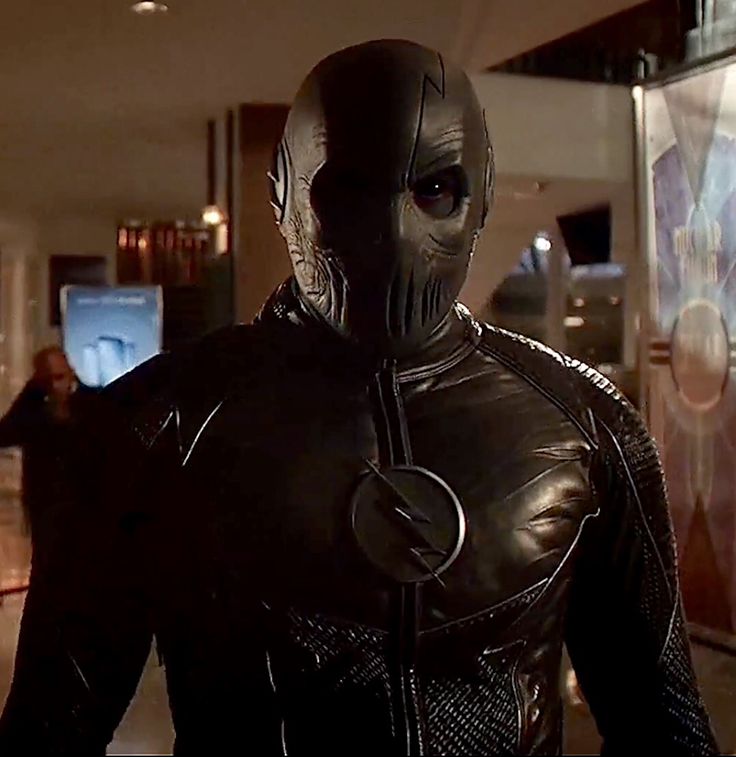 ..
..
#LITERATURE | #FAIRY TALES
JOIN
#LITERATURE | 12+ years|
from November 11
on Thursdays at 19:30
Valentina Degteva
Literature with a plus
Boring lectures: what you did not understand from the school curriculum, but did not have time to ask ..
The course will become a significant PLUS to the school curriculum, fill in the gaps and broaden your horizons.
And most importantly: it will change the minus to PLUS in the perception of the subject: reading is interesting, thinking is useful, writing essays is not scary, literature is not limited to tests and checks.
We are waiting for and teenagers, and parents, and even teachers - everyone will remain in PLUS.
#LITERATURE
JOIN
#HISTORY | 10+ | from October 27 on Wednesdays at 20:00 Moscow time
Andrey Kartashov
The Middle Ages.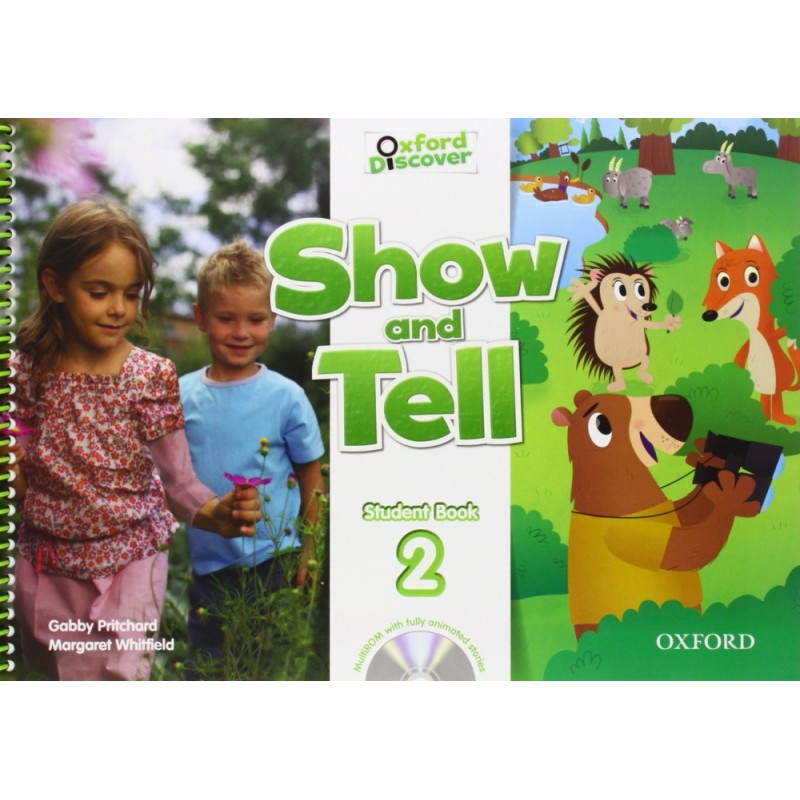
Part 2.
The Middle Ages… What do we know about it?
For some, this is a lost millennium in the history of mankind. The time of Chaos and Violence, a gloomy era, truly "dark ages". No openings, no moving forward. Darkness reigns, and only the fires of the Inquisition cut through the hopeless darkness. For others, this is the era of Knights and Beautiful Ladies; time of exploits and romantic stories. Where, behind the shields of stone walls, the spiers of Gothic cathedrals rush into the sky; customs are honored, law reigns, and justice lives among people. The truth is somewhere in the middle, let's try to find it together ...
#HISTORY
JOIN
#SCIENCE | 6+ | from October 26 to Tuesdays at 20:00
Alexander Kashirsky
Animal life. Birds.
New course of biologist Alexander Kashirsky about birds. At the lectures, you will find stories about the largest and smallest birds, about the fastest, most big-eyed, with acute hearing or smell.
#SCIENCE | #BIOLOGY
JOIN
#SCIENCE | 6+ | from October 26 to Tuesdays at 20:00
Alexander Kashirsky
Animal life. Birds.
New course of biologist Alexander Kashirsky about birds. At the lectures, you will find stories about the largest and smallest birds, about the fastest, most big-eyed, with acute hearing or smell.
#SCIENCE | #BIOLOGY
JOIN
#MYTHOLOGY | 7+ | from October 10
on Sundays at 18:00
Valentina Degteva and Dmitry Sirotin
Walks with the Scientist Cat around Far Far Away
Let's go on a tour of Russian folklore, through dense forests, protected swamps and high towers, remember all the traditional fairy-tale characters and their habits, learn the secrets of origin and unusual facts, signs and beliefs.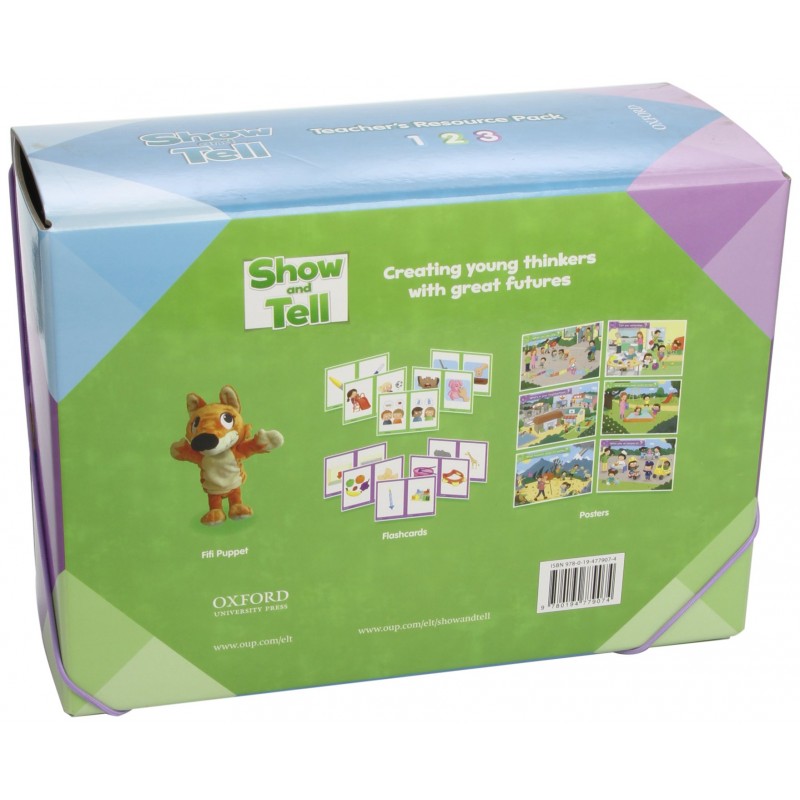 And our puppet character - the Scientist Cat - will spice up each lecture with branded humor, give creative tasks and lead the participants along such paths where no one has walked before! After all, he is a native of Lukomorye.
And our puppet character - the Scientist Cat - will spice up each lecture with branded humor, give creative tasks and lead the participants along such paths where no one has walked before! After all, he is a native of Lukomorye.
#LITERATURE | #MYTHOLOGY
JOIN
#SCIENCE | 6+ | from September 24
on Fridays at 20:00 Moscow time
Yaroslav Popov
The Age of Great Reptiles
Are you interested in huge reptiles, feathered and scaly, with crests, horns and sharp teeth? Then it remains only to learn more about them, as well as about the world that surrounded them. In the new course of lectures, we will climb deep into the Mesozoic wilds to find familiar and unknown dinosaurs, fly with pterosaurs and the first birds, dive to the bottom of the primeval sea, and climb into the hole of the most ancient animals.
#SCIENCE | #PALEONTOLOGY
JOIN
#HISTORY | 10+ | from September 15 on Wednesdays at 20:00 Moscow time
Andrey Kartashov
Middle Ages.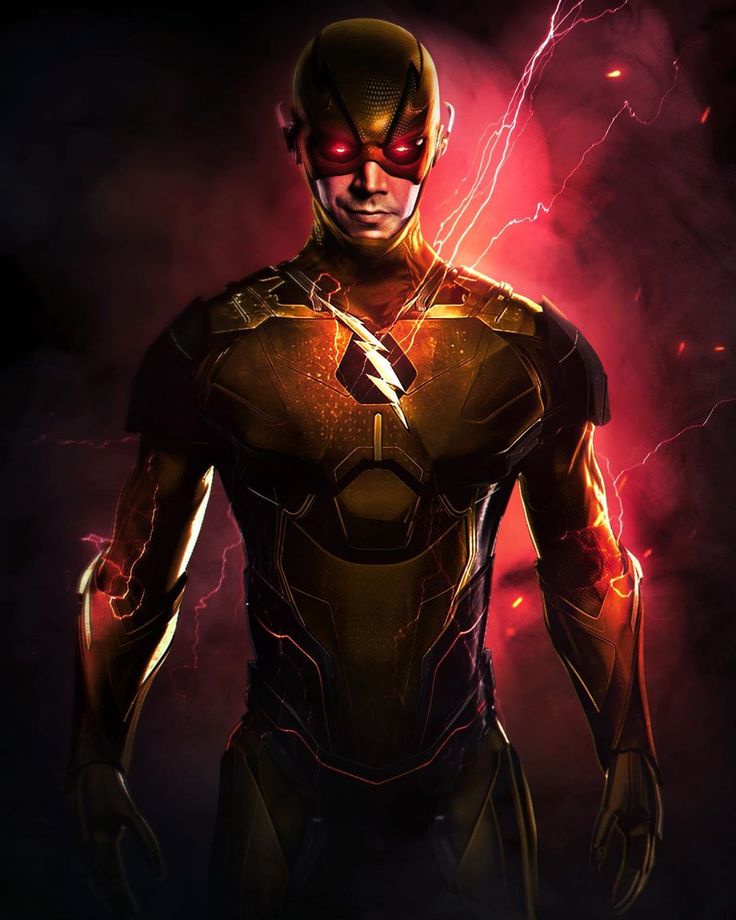
Part 1.
The Middle Ages… What do we know about it?
For some, this is a lost millennium in the history of mankind. The time of Chaos and Violence, a gloomy era, truly "dark ages". No openings, no moving forward. Darkness reigns, and only the fires of the Inquisition cut through the hopeless darkness. For others, this is the era of Knights and Beautiful Ladies; time of exploits and romantic stories. Where, behind the shields of stone walls, the spiers of Gothic cathedrals rush into the sky; customs are honored, law reigns, and justice lives among people. The truth is somewhere in the middle, let's try to find it together ...
#HISTORY
JOIN
#SCIENCE | 6+ | from August 22 on Sundays at 20:00 Moscow time
Alexander Kashirsky
Biosphere
You are waiting for stories about the oceans, deserts, mountains, forests and other habitats of our planet, how they arose and changed in the history of the development of the Earth, what impact they had on Life as it has adapted to a variety of conditions.
#SCIENCE | #BIOLOGY
JOIN
#SCIENCE | 6+ | from August 24 to Tuesdays at 20:00 Moscow time
Alexander Kashirsky
Animal life. Sea dwellers.
This time we will turn our eyes to the depths of the sea. Whales and dolphins, squids, octopuses, starfish, sea urchins, penguins, walruses and fur seals are the heroes of the new animal course.
#SCIENCE | #BIOLOGY
JOIN
#SCIENCE | 6+ | from July 23
on Fridays at 20:00 Moscow time
Yaroslav Popov
Before dinosaurs
Dinosaurs are beautiful and terrible creatures. Their horns, teeth, claws, feathers and plates fascinate anyone. But in past geological epochs, not only dinosaurs lived. Life has evolved on the planet for billions of years even before the appearance of the first dinosaur. Incredible lobster-like creatures roamed the ancient oceans, bizarre fish took their first steps on land, giant dragonflies mastered the skies.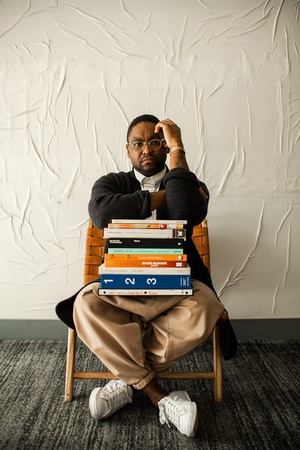 We offer you an exciting journey into a world that no dinosaur has ever set foot on - the world "before the dinosaurs"!
We offer you an exciting journey into a world that no dinosaur has ever set foot on - the world "before the dinosaurs"!
#SCIENCE | #PALEONTOLOGY
JOIN
#SCIENCE | 7+ |
IN THE RECORD
Alexander Kashirsky
Animal life
At the lectures you will find a story about several families of mammals of the Carnivora order. Let's talk about whether all bears hibernate, whether tigers can purr, whether there are vegetarians among the Carnivores, find out which mammal has the most multi-toothed mouth, who has 6 fingers, where you can find more cat species in Russia or Africa, and about many other things.
#SCIENCE | #BIOLOGY
JOIN
#HISTORY | 10+ | from June 29
on Tuesdays at 16:00 Moscow time
Andrey Kartashov
Ancient civilizations
Six ancient civilizations lost in the depths of the Past. Six such different, so unlike each other worlds, full of mysteries and secrets. We will try to touch them at least a little, to feel the people who lived thousands of years ago. Because ancient civilizations are not palaces, pyramids, circuses and tombs. First of all, it is the people who built them. We will try to hear their voices, to know their thoughts, worries, dreams and sorrows; we will laugh with them with joy and weep with grief. What for? To better understand ourselves, to answer the question of who we are, where we came from and where we are going. And then, it's just insanely interesting and beautiful ...
Six such different, so unlike each other worlds, full of mysteries and secrets. We will try to touch them at least a little, to feel the people who lived thousands of years ago. Because ancient civilizations are not palaces, pyramids, circuses and tombs. First of all, it is the people who built them. We will try to hear their voices, to know their thoughts, worries, dreams and sorrows; we will laugh with them with joy and weep with grief. What for? To better understand ourselves, to answer the question of who we are, where we came from and where we are going. And then, it's just insanely interesting and beautiful ...
#HISTORY
JOIN
#SCIENCE | 7+ |
IN THE RECORD
Tigran Oganesov
Insects: even more details
On the course we will dwell in more detail on the structure of insects – learn how the oral apparatus of is arranged in different detachments; how the legs change, depending on their purpose; how insects fly and how their wings are arranged.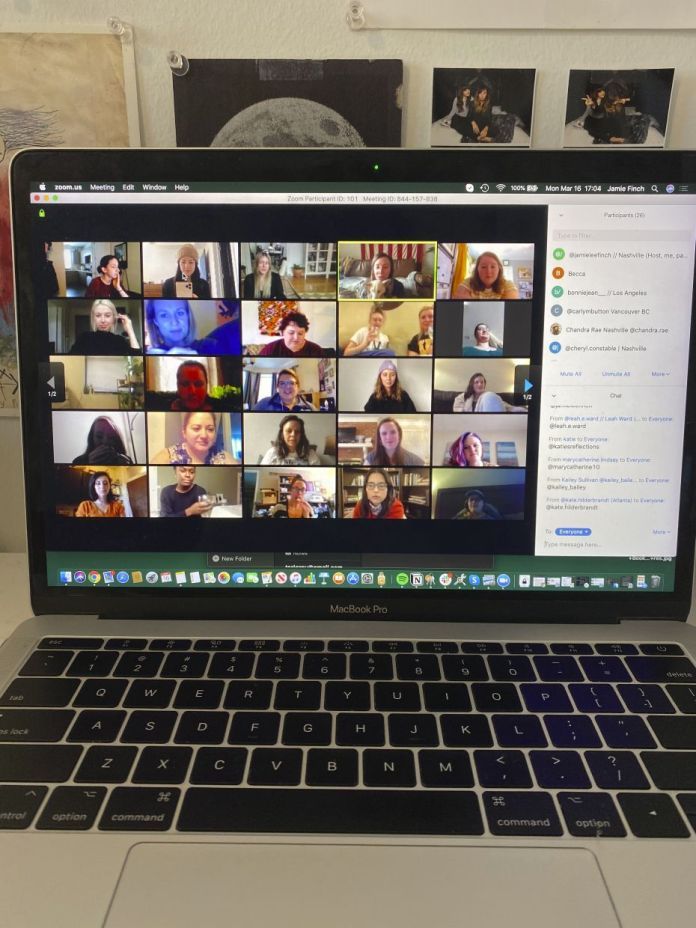
We will find out which insects have adapted to life with people, which ones can be feared, and which ones are not.
#SCIENCE | #BIOLOGY
JOIN
#SCIENCE | 6+ | from June 10
on Thursdays at 20:30 Moscow time
Yaroslav Popov
To the guys about the fish
At the word "fish" many people imagine a pale nondescript creature in scales, dejectedly swimming in muddy water. But in fact, fish are the most diverse and amazing group of vertebrates. These are the bright animals of the coral reef, and the fastest creatures of the seas - sailboats, and flat rays and bizarre drop fish. You will learn about some of the amazing fish of our day, as well as the history of these amazing creatures, from our course of lectures.
JOIN
#SCIENCE | 7+ | from June 2
Wednesdays at 20:00 Moscow time
Nikita Popov
Self-made space
Let's talk about space clearly, interestingly and intelligibly. Let's gather our team of astronauts and explain how to make an amateur stratospheric launch. We will cut the planets to the core and open the stars, walk around the solar system and land our rover in augmented reality. We will understand how to decipher the emblems and patches of the ISS missions, we will invent and make our own chevrons. We will disassemble the aircraft for spare parts and understand how this colossus works. We will learn how to work with a virtual planetarium, determine the constellations of the northern and southern sky with the naked eye and using the most ordinary smartphone.
Let's gather our team of astronauts and explain how to make an amateur stratospheric launch. We will cut the planets to the core and open the stars, walk around the solar system and land our rover in augmented reality. We will understand how to decipher the emblems and patches of the ISS missions, we will invent and make our own chevrons. We will disassemble the aircraft for spare parts and understand how this colossus works. We will learn how to work with a virtual planetarium, determine the constellations of the northern and southern sky with the naked eye and using the most ordinary smartphone.
JOIN
#SCIENCE | 6+ | from May 14
ON RECORD
Yaroslav Popov
Acquaintance with dinosaurs
It would seem that everyone from young to old imagines dinosaurs -
huge lizards, bloodthirsty, toothy and spiked. But over the past few years, scientists have proven that dinosaurs were much more complex and interesting than we previously thought.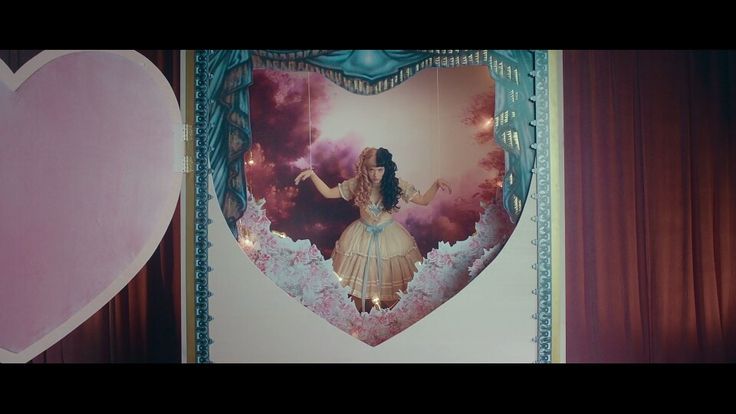
How scientists present dinosaurs now, what they ate and who they feared, what size they laid their eggs, what dinosaurs lived on the territory of Russia - we will try to find answers to these and many other questions in our course!
JOIN
#SCIENCE | 8+ |
ON RECORD
Elena Sudarikova
The origin of man or the history of the most special monkeys
It is said that man descended from apes. This is true, although it would be more accurate to say that our species is one of the species of monkeys. What differences do we have and what does a person have in common with his closest relatives? What similarities can be seen with the naked eye? What benefit have people received from their "monkey" origin?
Anthropologist, senior researcher at the State Darwin Museum Elena Sudarikova will answer.
JOIN
#SCIENCE | 6+ |
IN THE RECORD
Yaroslav Popov
From animal lizards to mammoths
As you know, all animals covered with wool, feeding their cubs with milk, are usually called mammals.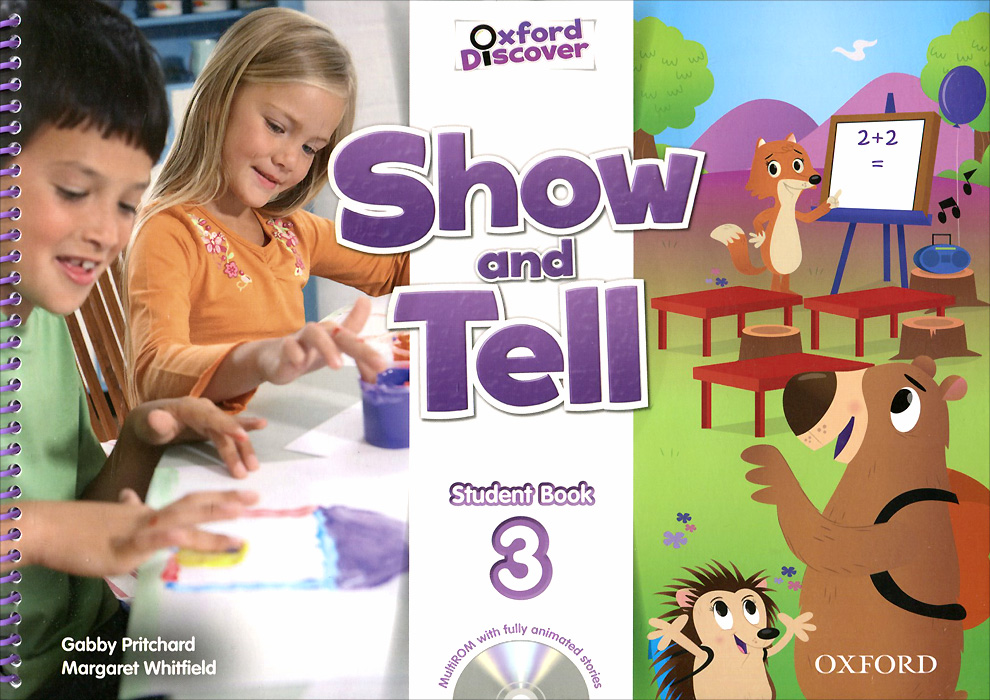 These are dogs and cats, elephants and rhinos and even people! But, of course, all this variety of fluffy, tailed, clawed and mustachioed did not appear immediately. On our course, we will follow how animal lizards turned into real animals, find out why the ancestors of whales went into the water, get acquainted with mammoths and other amazing ancient animals!
These are dogs and cats, elephants and rhinos and even people! But, of course, all this variety of fluffy, tailed, clawed and mustachioed did not appear immediately. On our course, we will follow how animal lizards turned into real animals, find out why the ancestors of whales went into the water, get acquainted with mammoths and other amazing ancient animals!
JOIN
#SCIENCE | 7+ |
ON RECORD
Tigran Oganesov
A bit about reptiles
Reptiles, or reptiles, are a group of vertebrates covered with scales, many of which are traditionally disliked and feared by people.
We will talk about the representatives of this interesting group, understand the rumors and myths that shroud them, and understand how true they are.
Find out how they live and adapt to different environmental conditions. Let's find out Are crocodiles, harmless turtles, poisonous snakes, and lizards , so diverse as they are said to be?
JOIN
#SCIENCE | 7+ |
ON RECORD
Maria Smirnova
Stars of the Northern Sky
Thousands of stars twinkle in the night sky. How not to get confused and not get lost among them? It seems impossible. But one has only to study this issue more closely, as the heroes of ancient legends come to life among the stars, and the constellations are linked together in a single story. On the course, we will get acquainted with the constellations of the northern celestial hemisphere and the main methods of their search. The free planetarium program Stellarium will help us with this. With its help, we will travel through the seasons and cities in which course participants live.
How not to get confused and not get lost among them? It seems impossible. But one has only to study this issue more closely, as the heroes of ancient legends come to life among the stars, and the constellations are linked together in a single story. On the course, we will get acquainted with the constellations of the northern celestial hemisphere and the main methods of their search. The free planetarium program Stellarium will help us with this. With its help, we will travel through the seasons and cities in which course participants live.
JOIN
#SCIENCE | 6+ |
ON RECORD
Tigran Oganesov
Who are insects
Lecture hall "Show and Tell" presents
a fascinating course of interactive lectures by entomologist Tigran Oganesov "Who are insects" for children and parents!
Insects are the largest and most diverse class of animals. On the course, we will try to get to know them well, find out how they differ from each other, how they live, how they interact with people and how we, people, try to understand them.
JOIN
#LITERATURE | 13+ |
IN THE RECORD
Valentina Degteva
Literature with a plus
Boring lectures: what you did not understand from the school curriculum, but did not have time to ask.
The course will be a significant PLUS to the school curriculum, fill in the gaps and broaden your horizons.
And most importantly: it will change the minus to PLUS in the perception of the subject: reading is interesting, thinking is useful, writing essays is not scary, literature is not limited to tests and checks.
JOIN
#SCIENCE | 8+ |
on record
Ivan Kvasov
How to become a Robinson
What to do if you find yourself on a desert island?
Or shipwrecked and wandering the sea on a raft?
How to make a fire and build a hut?
How to find food and not become someone else's food?
We will talk about all this in our new course on survival in the wild "How to become a Robinson" with biologist Ivan Kvasov.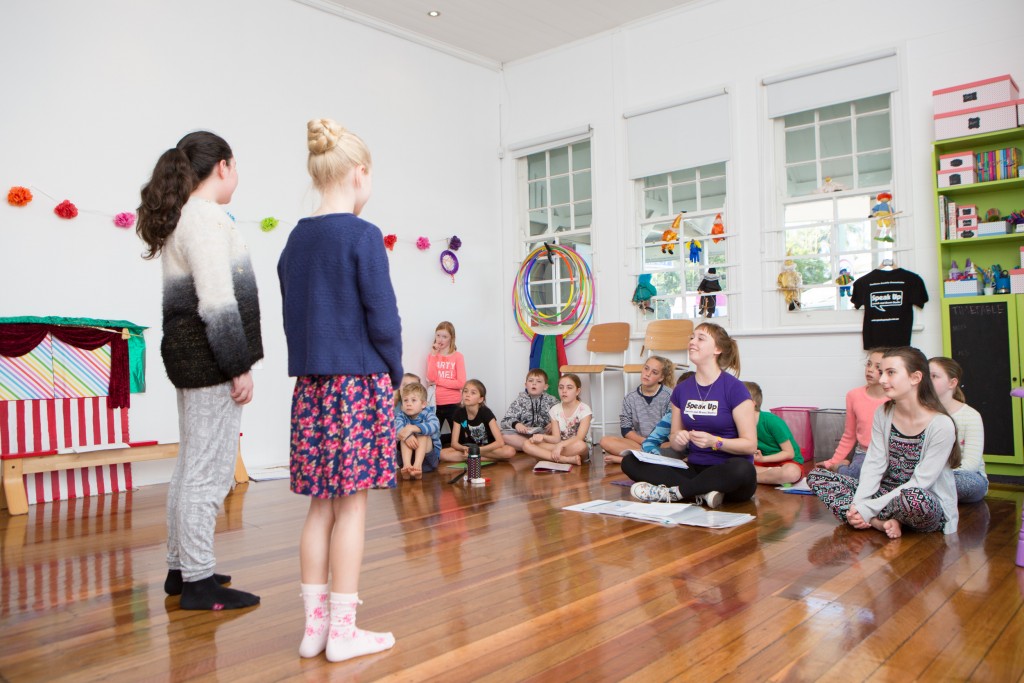
JOIN
Our teachers
Valentina Degteva
Children's writer, philologist and literary critic, screenwriter of fiction literary programs on Radio Russia with 20 years of experience, teacher of the literary workshop "Weekend Tale" at the State Literary Museum.
Dmitry Sirotin
Children's writer, poet, actor. Laureate of the Bonfire magazine award (2010), diploma winner of the International Literary Competition in Memory of Renata Mucha (2011, 2012), the International Children's Literary Prize. V. P. Krapivina (2012) and others
Tigran Oganesov
Candidate of Biological Sciences, graduate of the Department of Entomology, Faculty of Biology, Moscow State University, specialist in zoopsychology and insect behavior. He gives popular lectures on insects for children and adults. Conducts entomological tours.
Olga Astrakhantseva
Teacher of biology and logic, Master of Biology, naturalist, head of the Scientific Lyceum Society "Svetoch", practicing game teacher, developer of unique biological aids, author of the thematic blog "Magic of Biology", author of articles in the journal "Young Naturalist", creator biological finger theater "BioTOP".
Dmitry Filippov
Philologist, master's degree graduate of St. Petersburg State University with honors, post-graduate student and employee of the Russian Language Service of the Institute of Linguistic Research of the Russian Academy of Sciences. Poet, critic, organizer and judge of poetry competitions for schoolchildren and students 2014-2020.
Leonid Pashton
teacher of biology, curator of the primary school of OANO "New School", undergraduate program "Education Management" Higher School of Economics, Moscow
Yaroslav Popov
paleontologist, teacher-researcher, lecturer, guide, researcher at the State Darwin Museum. Graduated with honors from the Department of Paleontology, Faculty of Geology, Moscow State University. M.V. Lomonosov. Winner of the competition of professional skills "The best museum worker-guide of Moscow" (2017). Author of the children's book "Dinosaurs. 250 Incredible Facts".
Ivan Kvasov
Candidate of Biological Sciences, popularizer of science.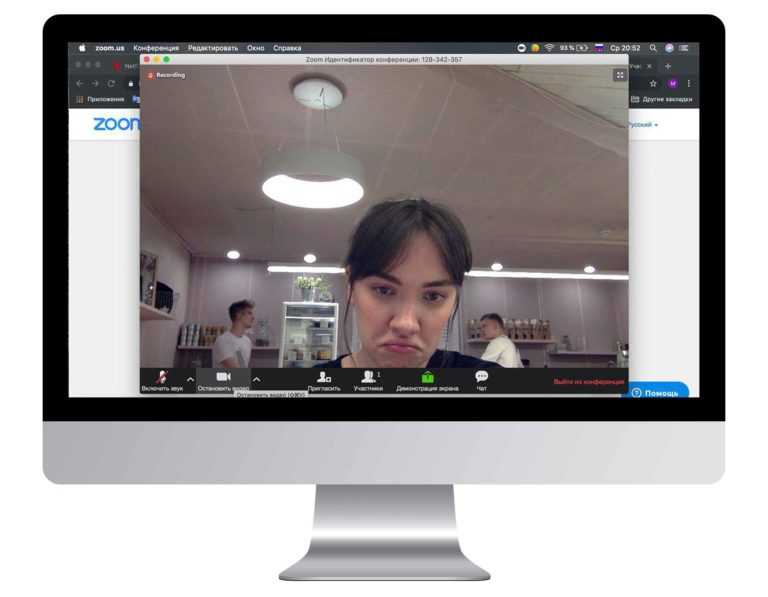 He teaches biology to adults (DK Lurie), schoolchildren (Biotop biological school, Orange school) and children interested in science (Everything is like animals, University of Children). He also lectures for all those interested in science (Geek Picnic, Pint of Science), St. Petersburg.
He teaches biology to adults (DK Lurie), schoolchildren (Biotop biological school, Orange school) and children interested in science (Everything is like animals, University of Children). He also lectures for all those interested in science (Geek Picnic, Pint of Science), St. Petersburg.
Maria Smirnova
Head of the Sector of Astronomy and Cosmonautics of the St. Petersburg Planetarium, member of the SPAGO Astronomy Club, teacher.
Nikita Popov
Director of the Cosmonautics Club. Yu. A. Gagarin and the St. Petersburg space training camp "Shumgam".
Alexander Kashirsky
biologist, entomologist, graduate of the Department of Entomology of the Biological Faculty of Lomonosov Moscow State University. Reads popular scientific lectures on biology for children and adults. Conducts tours.
Andrey Kartashov
historian, teacher, lecturer, guide. History teacher of the highest category in a private school. Presenter of the historical program "I'm from the Future" on the radio "Vesti FM".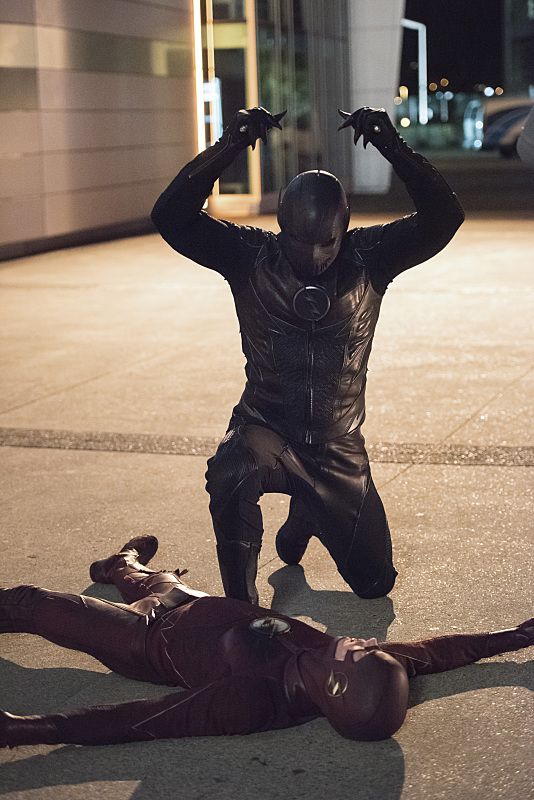 Author and presenter of lectures in the city lecture hall "Synchronization", Moscow.
Author and presenter of lectures in the city lecture hall "Synchronization", Moscow.
Children's Creative Publishing House
"Show and Tell"
We turn children's wild imagination into colorful books,
helping to keep incredible stories and artistic masterpieces alive.
Together with us, every child can try himself as a writer and illustrator - create and publish his first book!
Like real wizards, we fulfill the cherished desire of every little
author or artist - we help create the unique, the only and best book in the world - YOUR OWN!
Join the club of parents of curious children!
Useful information, open lessons, meetings with masters, competitions for young artists and writers, master classes for children and parents with leading teachers, psychologists and children's specialists. Join us - we promise a lot of interesting things!
Our partners
For cooperation, please contact us by e-mail:
hello@showandtell.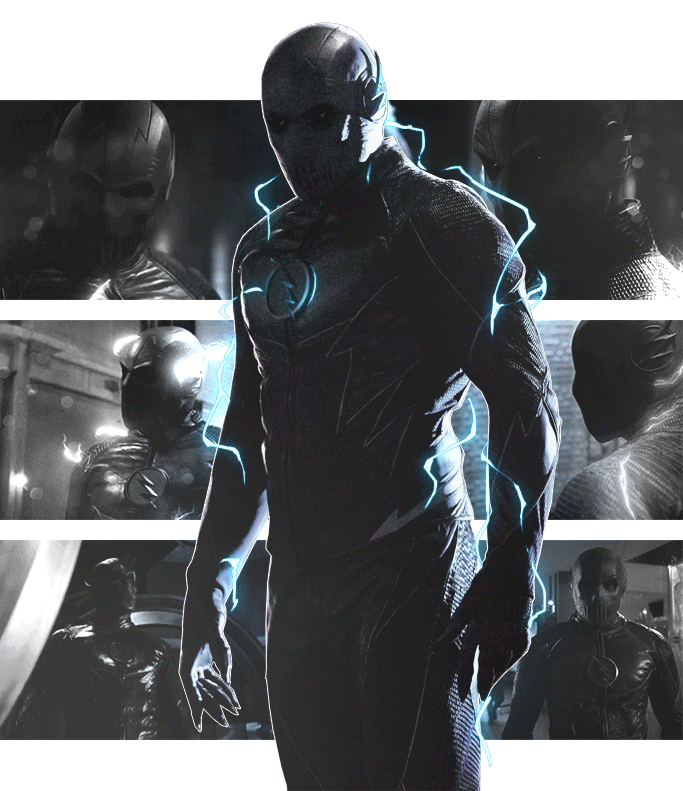 ru
ru
- About us
- Our team
- How to publish a book
- User Agreement/Offer Agreement
Fucik 4 | [email protected] | tel. +7 812 424 32 18
Click to order
Enter your full name
Enter your Email
Enter your phone
How to become a Zoom calling superstar in 15 minutes. Part 2. Soft / Sudo Null IT News
“Well, finally!” - I heard from several people when I said that the second part of the article about video in Zoom is ready. The first part of about choosing a camera for shooting in Zoom caused a wild response. The holivar is still going on about what is better - a webcam for 20 thousand or an old DSLR (I think you know the answer) and what kind of lighting to buy for ten to look like a superstar even with a standard camera (not everything is so simple). In this part, we will talk about something that does not require any investment, but will definitely improve your video presentation - software.
Disclaimer: I had some material from last time and I didn't bother to follow the rule of having the same background, clothes, time of day and hair, so I'll have to suffer and compare modes like this. It's easier with the software, because you can poke the modes yourself at any time and choose the ones you like best.
Ever since I was a child, I love to tinker with electronics and connect everything to everything, so reading instructions for hardware or software is my hobby in my spare time. As a product manager, it sometimes hurts me that important and complex features are not used in the product, because people are too lazy to understand them or just spend 10 minutes researching (yes, good onboarding is also important). Therefore, I propose to first understand the program that many of you open every day - Zoom.
Zoom
The first and most important tip is to check for updates. Even a quarter after important releases, I still see people with bugs in previous versions or without new functionality. Don't do it like that - updates are simple and important! Look for them on the About - Check for Updates tab.
Don't do it like that - updates are simple and important! Look for them on the About - Check for Updates tab.
Next, go to the settings - the Video section.
Be sure to enable (if you haven't already done so) the checkbox Original ratio . She is responsible for the correct display of camera proportions (for example, if she shoots in 3:2, not 16:9).
HD
HD is hard for Zoom. Check the HD box if you have a paid plan, a good camera and good internet. As I wrote in the last article - do not chase megapixels: my Sony outputs an image via USB in 1024x576 and still does all the expensive 4K webcams in terms of video quality. Enabling HD will allow you to display at least what Zoom can transmit.
It's cool that Zoom doesn't allow users to use all the megapixels on the free plan. The same restriction works if there are more than two people on the call.
There are many more restrictions. 720p is turned on for payers with good computers only when the window is opened in full screen, only in the active speaker layout mode, only when the setting is enabled (which for group meetings is not in this window, but on the web, I will show below), only with a stable stream less than four megabytes per second and only if at least one other participant in the call is looking at the whole screen.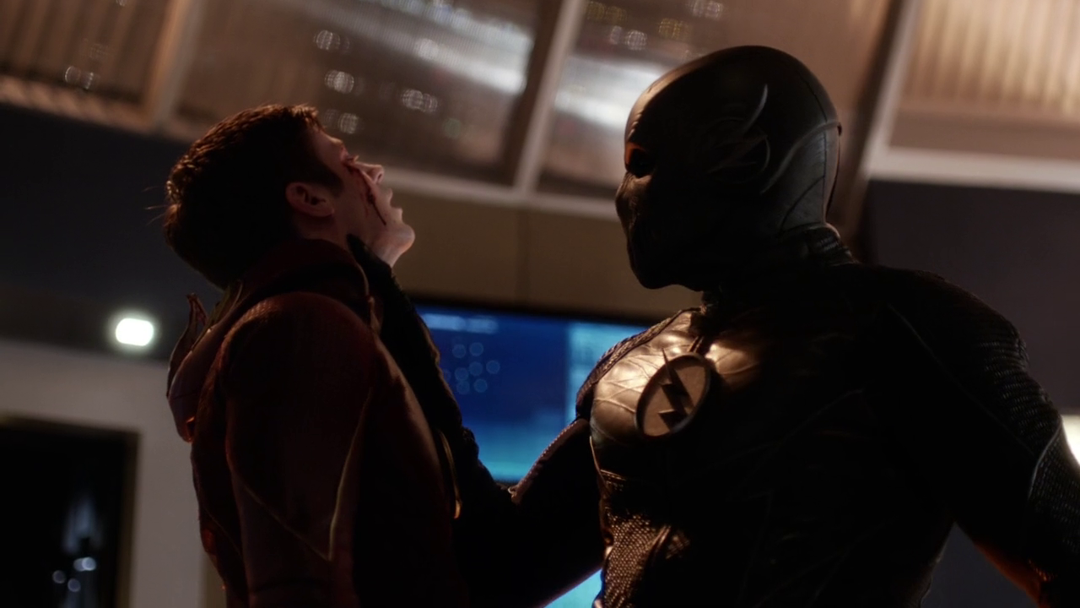 1080p - Business and Enterprise only, and only upon additional request through support. With a virtual background, it is impossible to get quality above 720p, and if the computer does not pull, then more than 360p. You can read more about restrictions here .
1080p - Business and Enterprise only, and only upon additional request through support. With a virtual background, it is impossible to get quality above 720p, and if the computer does not pull, then more than 360p. You can read more about restrictions here .
Well, ok, we got a little sad and moved on.
Miscellaneous video settings
Mirror my video is needed for software that doesn't do mirroring itself (if you want to mirror without mirroring).
You can also enable several "improvers" here.
Touch up my appearance will help ease the pain of looking at your face. I advise you to enable this checkbox only if you have been drinking all night and want to hide it. It will smear the entire screen and turn it into a porcelain doll, especially with a bad camera. Even with the adjustable effect size. Still, Zoom is not Snapchat, they haven’t learned how to do it well yet.
Before:
Now:
Adjust for low light allows you to slightly brighten the image if it is dark around and the camera does not produce a more or less tolerable exposure.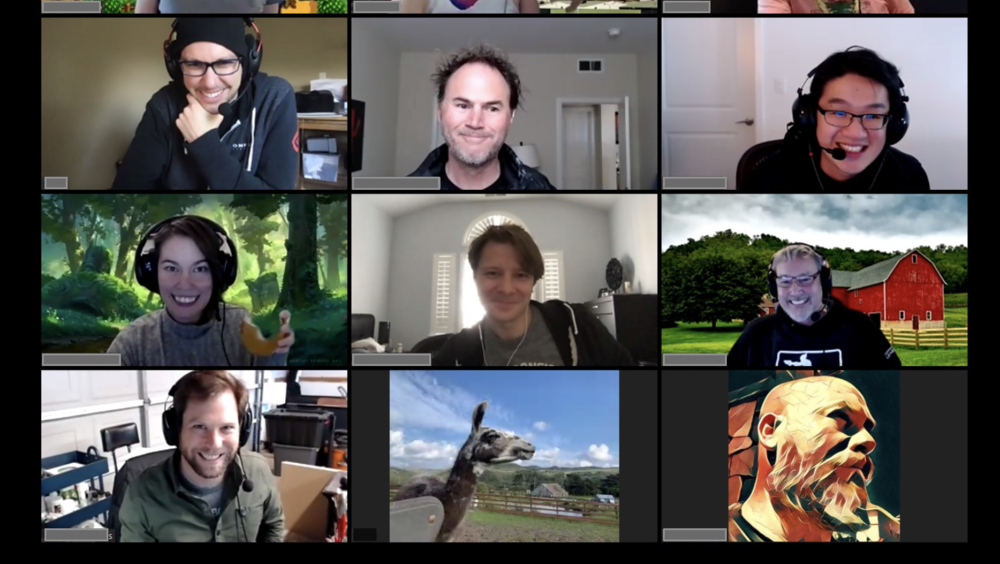 I advise you to test. I have a good camera, so I do not check this box.
I advise you to test. I have a good camera, so I do not check this box.
Other settings as you wish.
Next we go to Advanced . If you have a good camera with noise reduction, turn it off, if not, I advise you to leave it as it is. Hardware acceleration has never harmed anyone, but if it crashes or slows down, turn it off.
Next, you can go to the Virtual Backgrounds section and realize that there has been a Blur filter for a long time, which everyone liked in Skype, Meet and Teams. Works well, helps to hide the mess even with a penny camera. Feel free to add backdrops here if you like. Any picture 1280x720 or 1920x1080 will do. You can download here , here and here :
neural networks are already doing this for 3 kopecks). You can trim your eyebrows, draw a perfect mustache with a beard and make up your lips. The funniest tick here is Apply to all future meetings (and then they will see the person live, haha).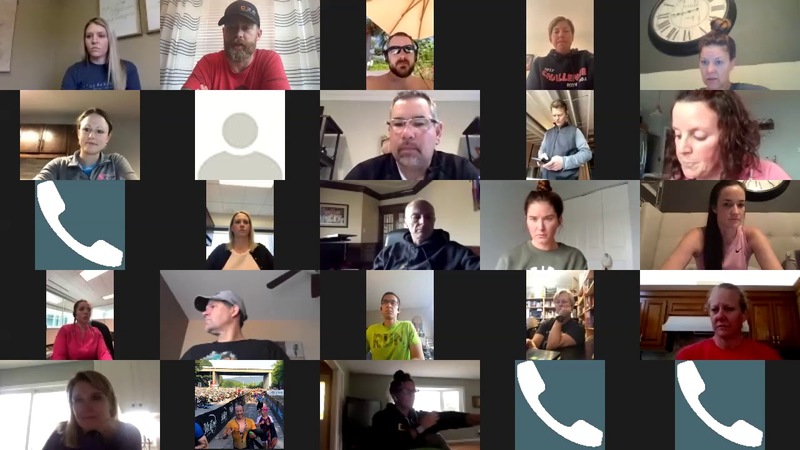 I am waiting for the following features - teeth whitening, changing the color of the eyes, the shape of the nose and ears, removing wrinkles, bruising under the eyes and acne. Innovation!
I am waiting for the following features - teeth whitening, changing the color of the eyes, the shape of the nose and ears, removing wrinkles, bruising under the eyes and acne. Innovation!
Next, again following the lead of schoolchildren and Instagram bloggers, Zoom added video filters. From filters for the whole image to masks, frames and effects. Well. Slightly diversifies phone calls with top managers and clients.
Now to more useful things.
Screen sharing
Firstly, it is easy to see that it is quite diverse. True, 99% still use the first option (it's a shame).
Of the interesting things here, you can choose Whiteboard (rather primitive, but still a collective board for drawing, underlining, fixing thoughts) and iPhone connection via cable or AirPlay. Previously, you had to connect your iPhone to QuickTime or call separately from a phone client. Now it can be done much more conveniently. It's also useful sometimes to include sound from your computer in your broadcast, for example if you're playing a video with sound.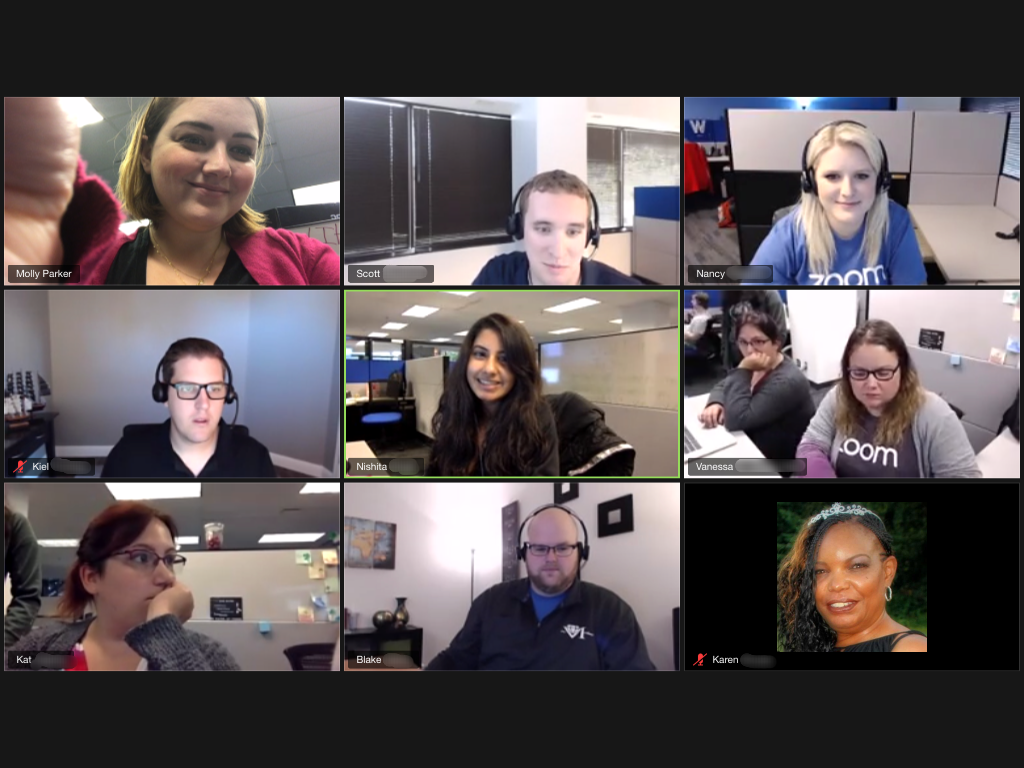 Then tick Share sound must also be selected.
Then tick Share sound must also be selected.
If you want to record the broadcast, I advise you to check the box Optimize for video clip . It allows you to stabilize the video stream to make it easier to save the video to a file.
Going to the advanced level - Advanced .
Slides as virtual background is a new feature. Combines cutting you out of the background and overlaying your slides so you and the presentation can be seen. Minus - it works without animation and only with downloaded ppt and key files. But practically a competitor to mmhmm, which I will discuss below.
Portion of Screen is a cut piece of the desktop with all the windows included. Useful for showing part of the screen when notes or additional windows are in another.
The Computer Audio is a good thing for streaming audio to broadcast. If you're chatting as a group but want to add background music to set the mood, this is it.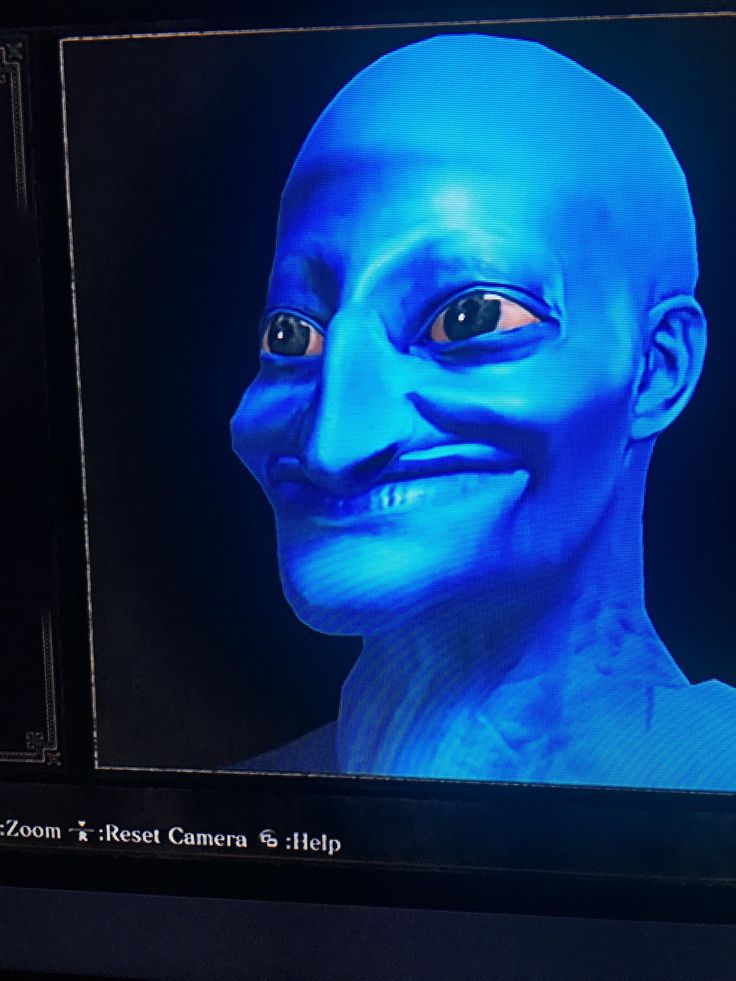
Video is a mode that allows everyone to watch the downloaded movie together with sound.
Content from 2nd Camera - useful for changing angles: for example, if one camera is directed at you, and the other is directed at a textbook with materials or a flipchart. But you can’t choose which cameras to use, and in the end you still have to sort through everything (apparently, the feature was not finished and abandoned).
The third tab is a bit strange - file translation. In fact, this is just opening a browser screen with an open file and a slightly more convenient selection, but in fact the benefits are doubtful.
Let's move on. Surprisingly, Zoom hid most of the client settings in the web account. For example, enable Full HD for group calls .
Or enabling the new Immersive View mode:
This is a rather interesting new Microsoft Teams copy feature that puts you and the other person on a virtual "stage". It diversifies group calls and 1-on-1 a little, but the quality of the video, lighting and background will be very important here.
It diversifies group calls and 1-on-1 a little, but the quality of the video, lighting and background will be very important here.
That seems to be all for now. If you practice with features today, you will be the coolest dude on Zoom the next business day.
OBS
OBS is the market leader in video streaming, and is also free and open source. If you need to stream to YouTube, Facebook, Twitch and the like, mix videos from different sources (like slides and camera), switch between cameras, mix audio, encode it all in real time to a file, then this is your choice # 1.
There is a lot of settings and tutorials on the Internet (for example, here is ), so I will not talk about similar things here.
Here is a list of what OBS can be useful for based on life experience:
-
High-quality video stream recording: Zoom is over-clamping anyway.
-
Broadcasts to various social networks in maximum quality without dancing with tambourines.

-
Using multiple cameras and microphones.
-
Switching between views: your face in full screen, you on the shoulders in the background of slides, just slides, desktop or some kind of screencast, a second camera and so on.
-
Video quality enhancement: brightness, contrast, sharpness, background removal, color correction, cropping or enlarging only the central part of the video (if you have a wide-angle camera) and so on.
-
Sound quality enhancement: volume, reverb, gain, noise removal, equalizer twist and so on.
A real monster of real-time processing. I highly recommend!
Sharpening filterSnap Camera
Snap Camera - SnapChat for webcam. Suitable for playing around or surprising colleagues. You can either “tune” your face and smudge the background, or turn into a cucumber, a child or a Disney princess. For team building, that's it. In one of the online quests in which we participated in Wrike, the organizers used SnapStudio to immerse themselves in the world of cyberpunk.